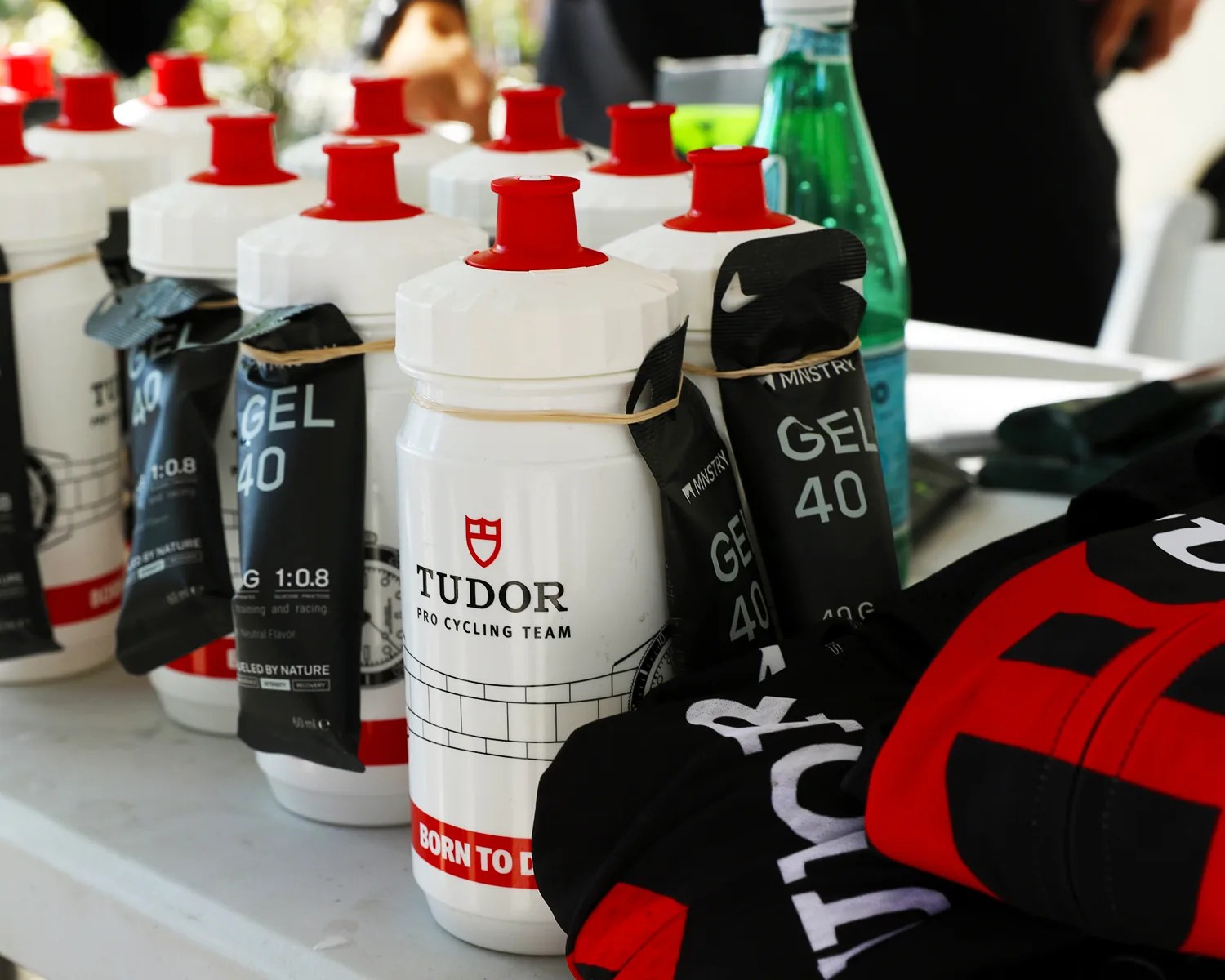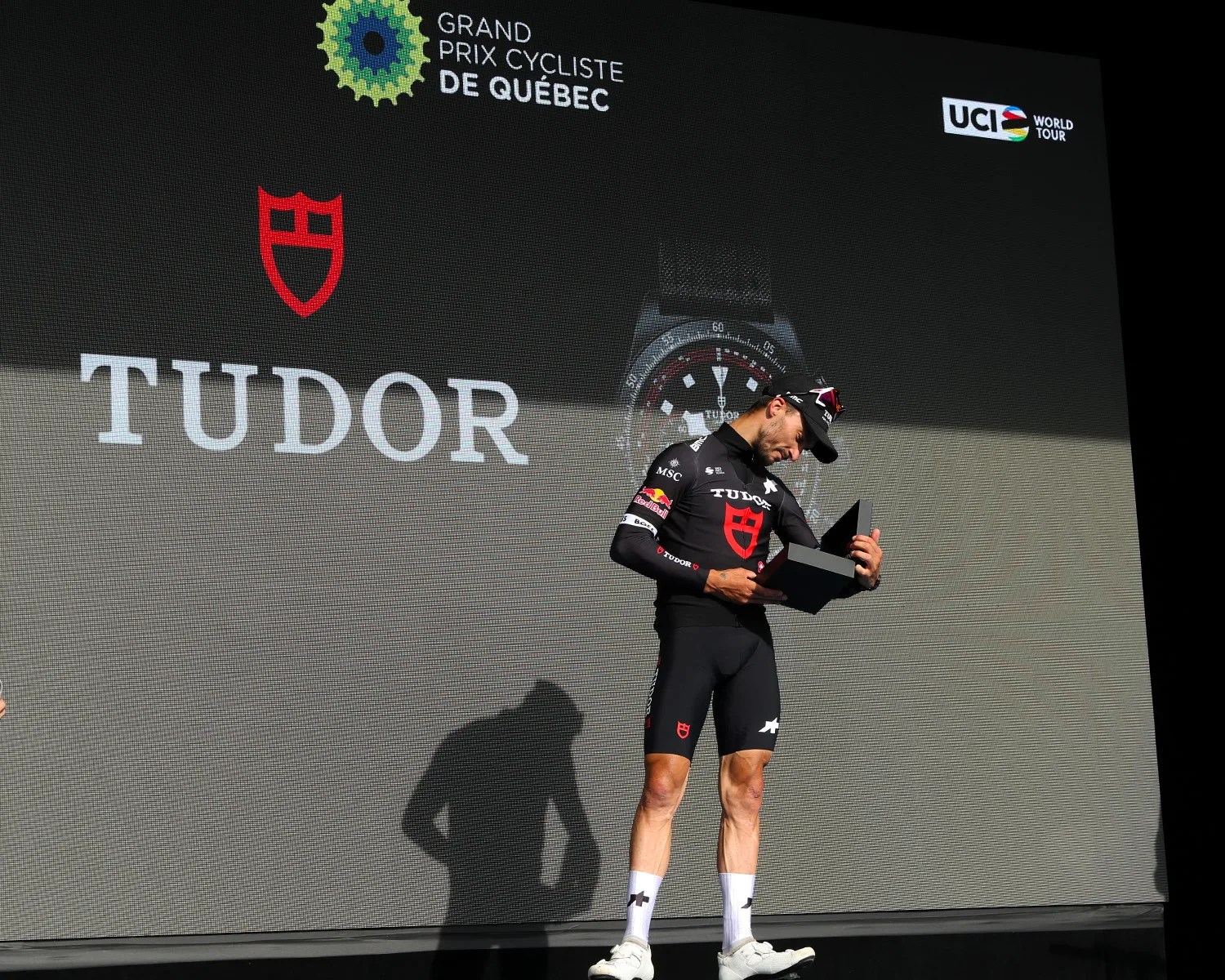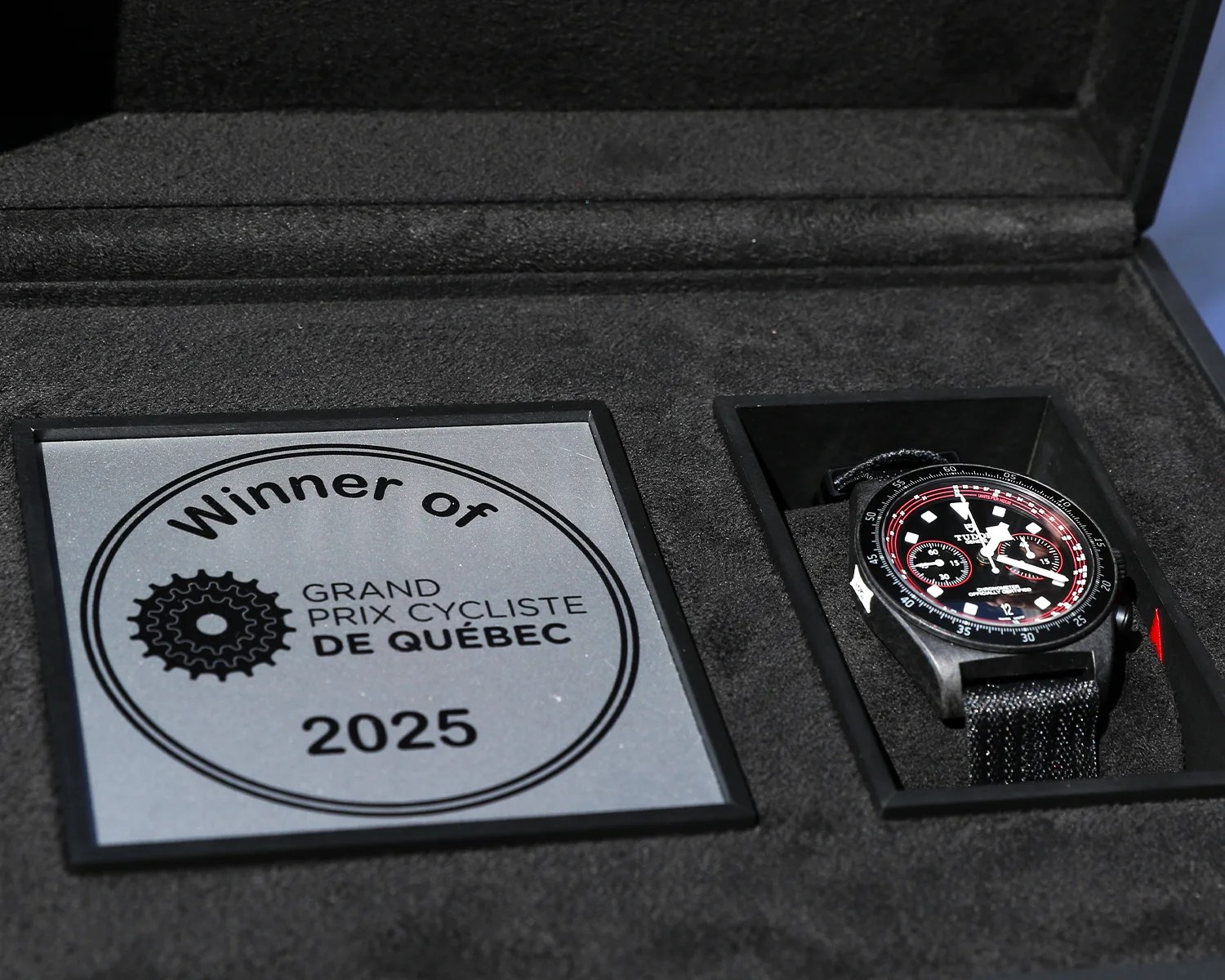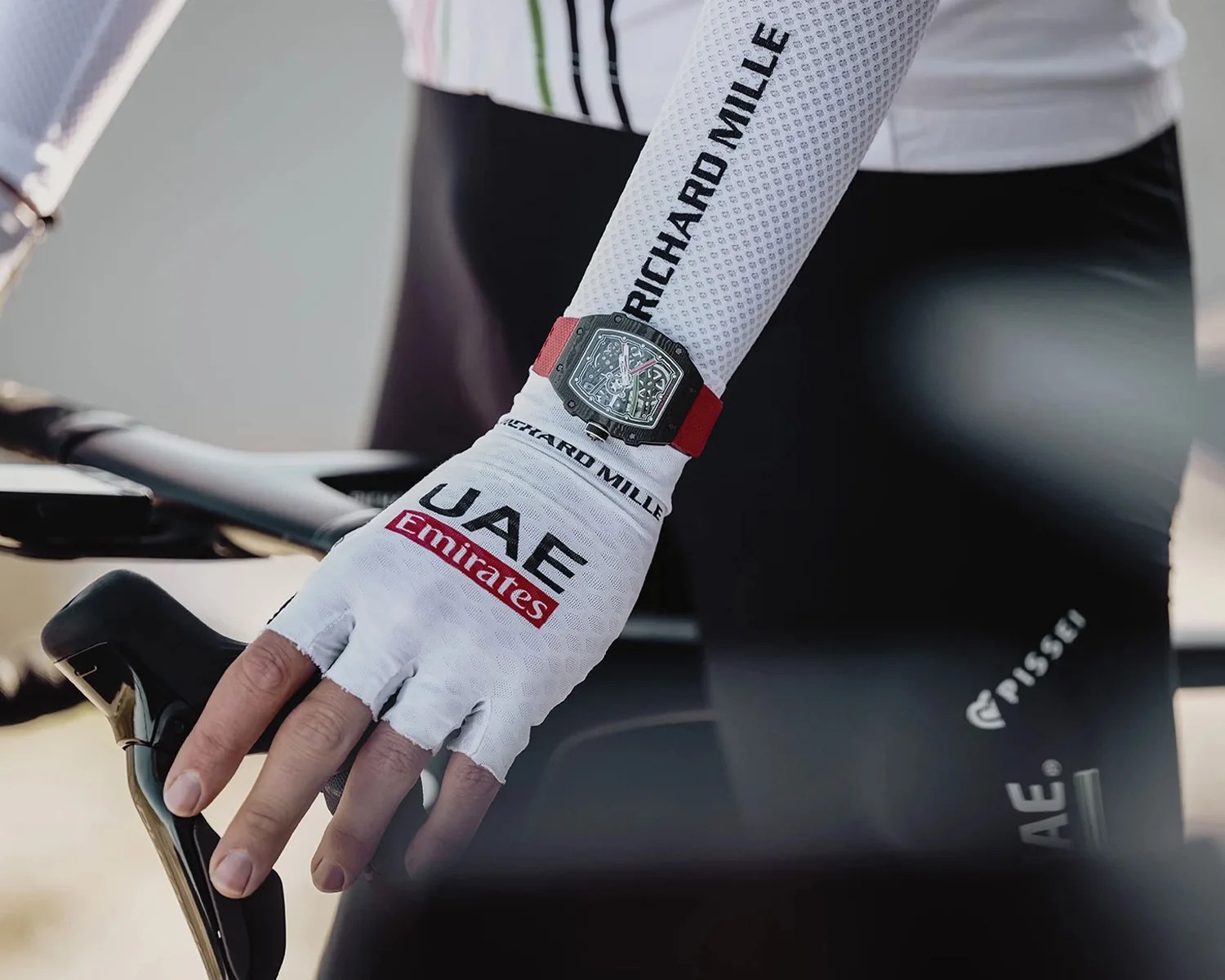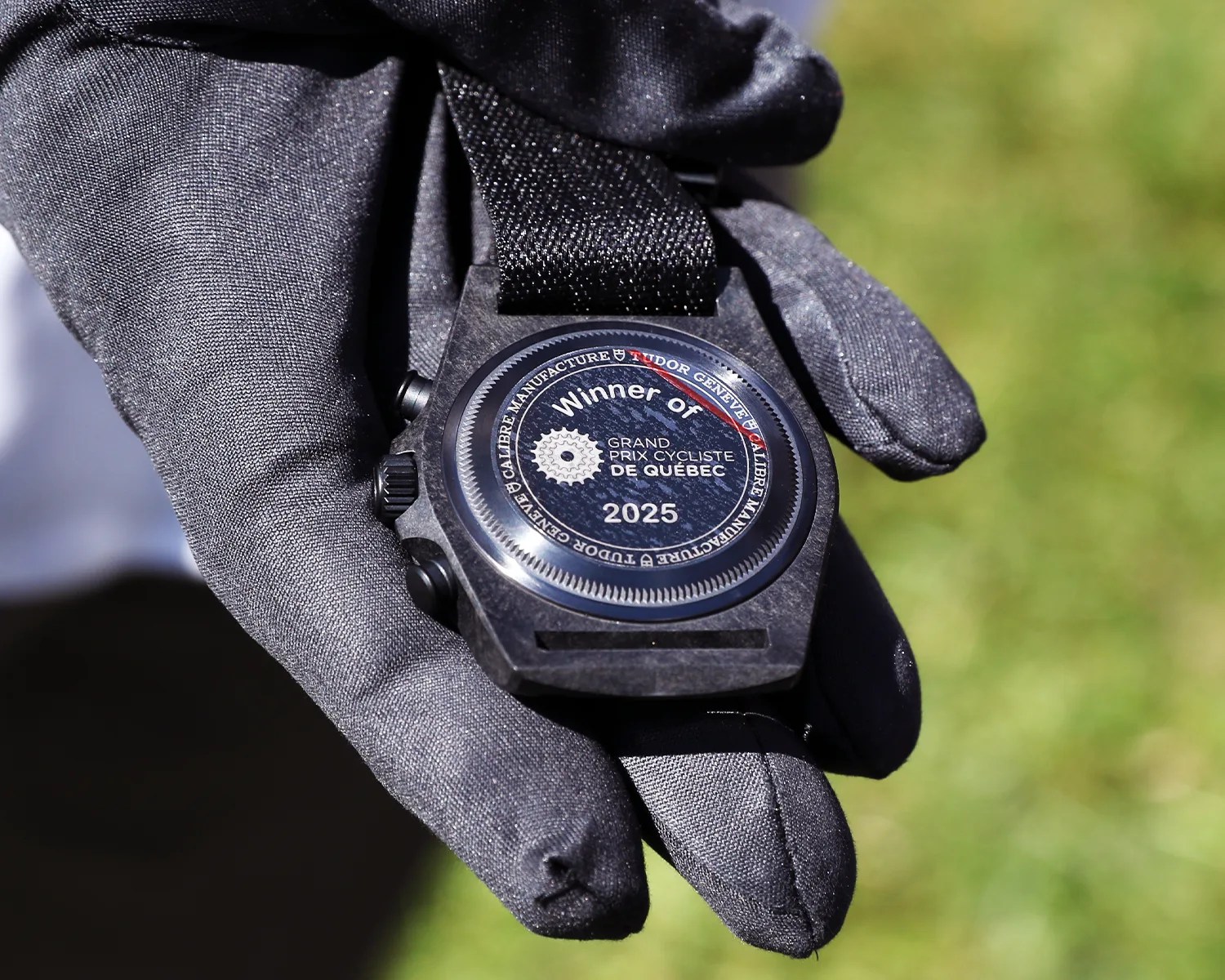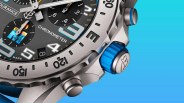What is a cycling watch?
Well, if you ask most people who cycle as a hobby, you’ll probably get an answer that sounds a lot like your typical fitness watch. In other words, it will probably be a GPS-capable smartwatch from Garmin or a similar brand that tracks distance, calories burned and other metrics important to bike riders.
But, like all sports watches that are ostensibly aimed at people participating in actual sports, there is some wiggle room. If you choose to wear a luxury watch while cycling, then boom, you’ve got yourself a cycling watch.
Luxury watch brands have a long history of sporting partnerships, and while mechanical watches may have been useful tools on the field of competition decades ago, these days the connection is more about elevating a brand’s prestige by associating it with winning, competition and, oftentimes, a luxurious lifestyle.
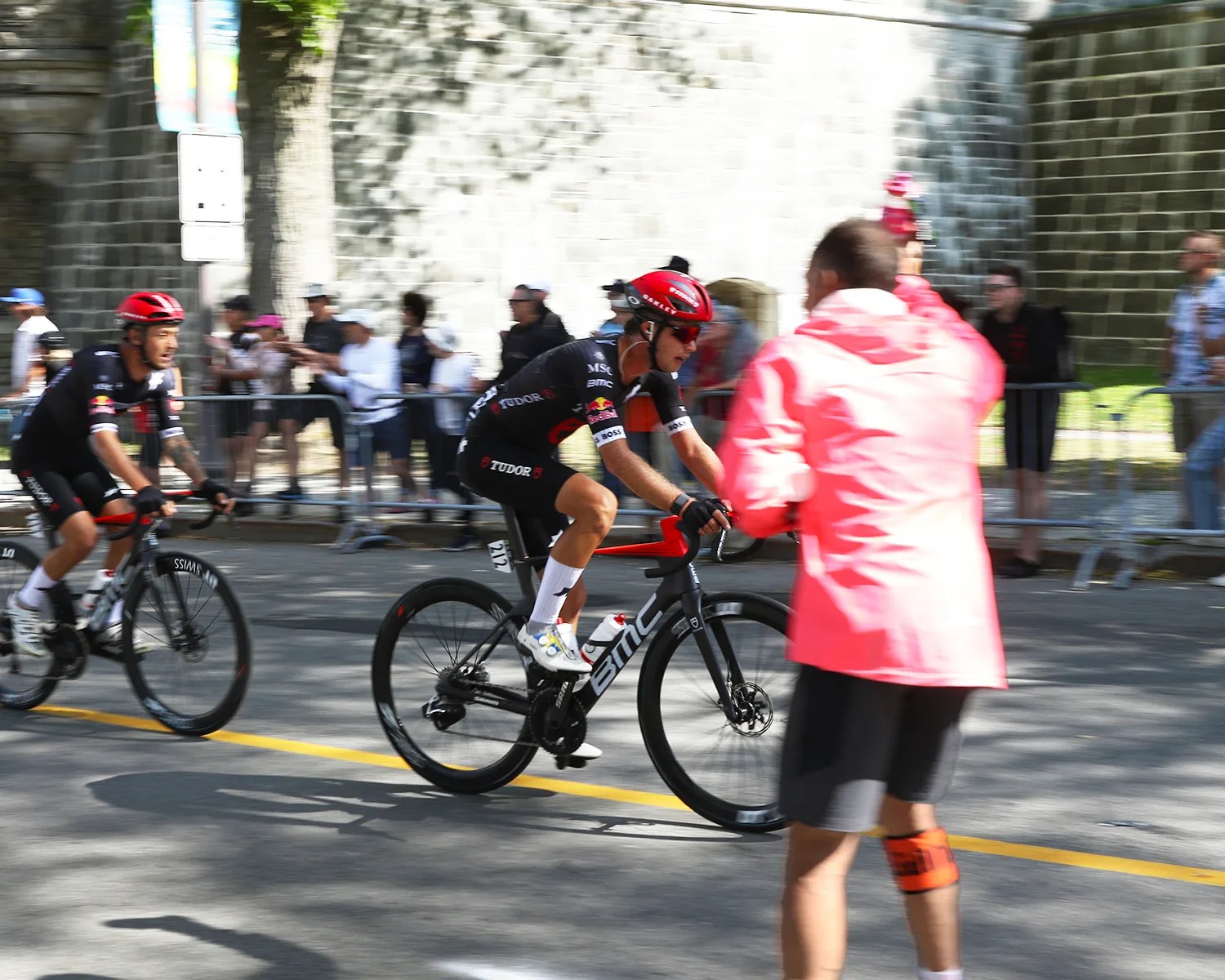
That’s why luxury watch brands most often sponsor athletic events that are associated with higher-income levels. Brands like Rolex, Richard Mille and Omega are heavily involved in “fancy” pro sports like Formula 1 racing, ATP Tour tennis and PGA Tour golf.
But those brands’ watches don’t play any realistic part in their sponsored athletes’ performance on the field. F1 drivers can’t even wear watches while competing. Most golfers choose not to, opting to don their watch for their trophy presentation instead. Rolex’s tennis testimonees do the same.


